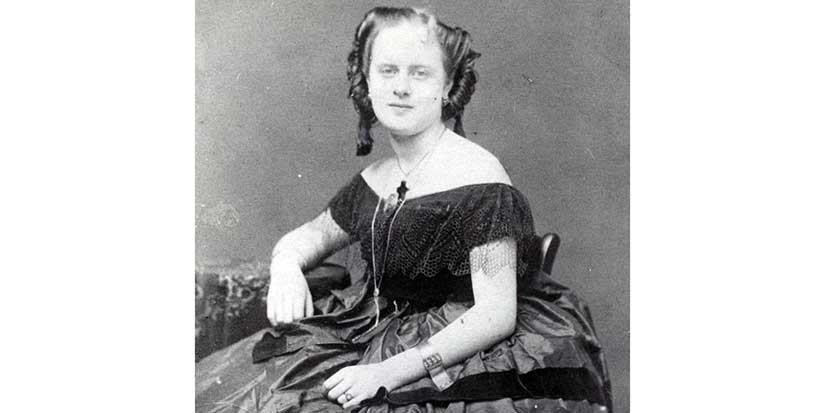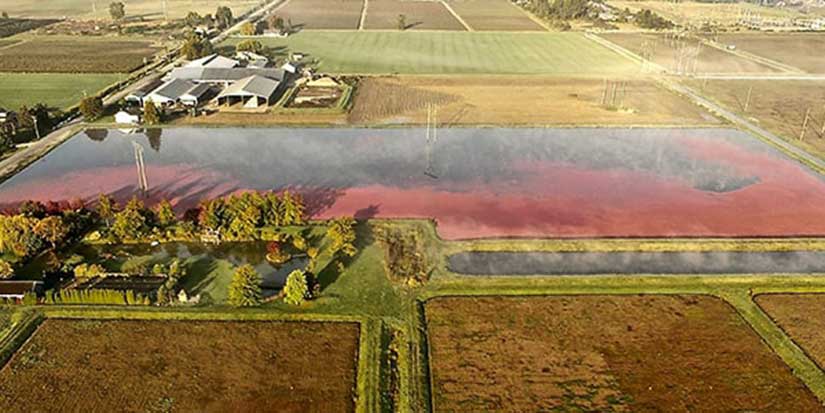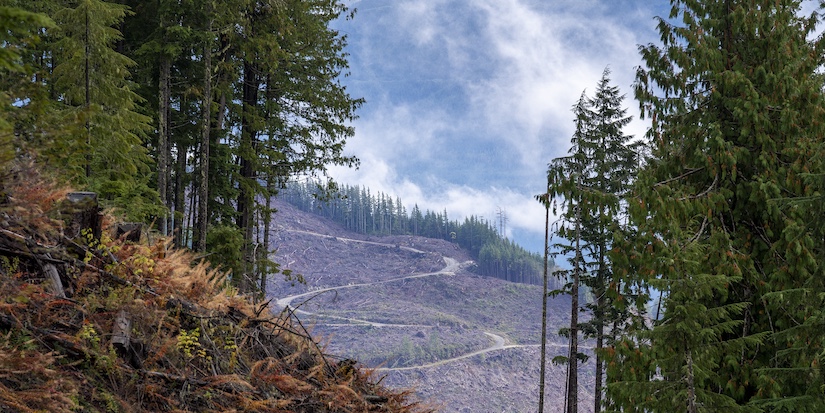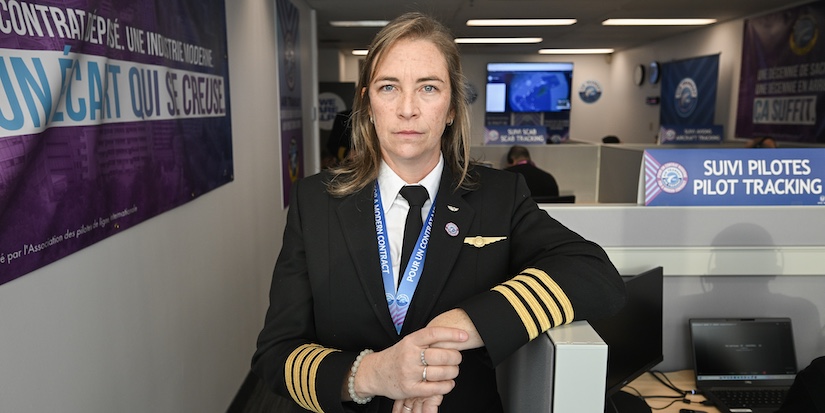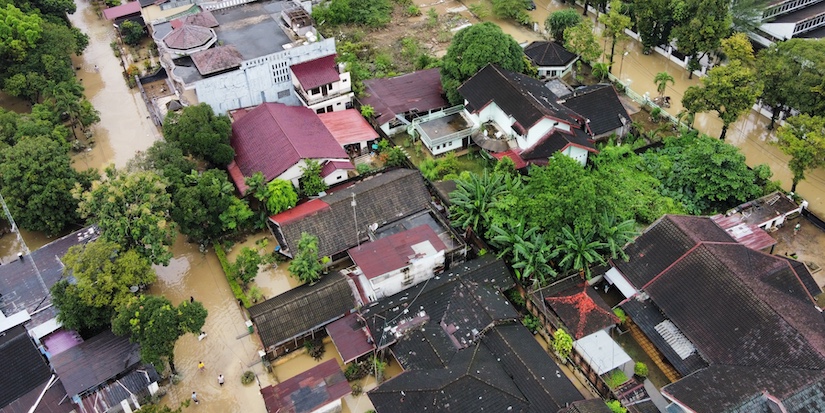Latest News
History of Lulu Island

Published 10:44 PDT, Fri August 29, 2025
—
Richmond, British Columbia, a city with a unique history and geography, defined by its location resting on Lulu Island. Situated at the mouth of the Fraser River, Richmond is part of a large delta formed by the river's sediment deposits, resulting in rich, fertile soil that has made it a national agricultural center.
The name ‘Lulu Island’ has a charming origin story. It was named in 1862 by Colonel Richard Clement Moody, the first Lieutenant Governor of British Columbia. Colonel Moody was a prominent figure in the early development of the colony and was known for his love of exploration and his keen eye for detail. The island was named after Lulu Sweet, a popular actress and singer who was performing in New Westminster at the time. Lulu Sweet was a well-known personality in the emerging city, and her charisma captivated many, including Colonel Moody. The name ‘Lulu Island’ stuck, and it has been the island's official name ever since.
For many years, Richmond was primarily an agricultural community. The fertile soil and temperate climate made it ideal for farming, and the island became known for its bountiful harvests of crops like grains, vegetables, and berries. The city's agricultural heritage is still evident today, with many farms and markets dotting the landscape, particularly in the southern and eastern parts of the city.
Even today, 39 per cent of Richmond’s landmass is dedicated to agriculture, specifically the cultivation of berries, as Richmond may produce well over 50 per cent of Canada’s highbush blueberries. Along with the blueberries; Richmond produces over 10 million pounds of cranberries annually on over 830 hectares of land, making Richmond the largest producer of cranberries in Canada and home of Ocean Spray’s Canadian corporate office.
In the mid-20th century, Richmond began to experience rapid growth and urbanization. The construction of the Oak Street Bridge and the Knight Street Bridge in the 1950s and 1970s, respectively, connected Richmond to Vancouver and the rest of the Lower Mainland, spurring a development boom. The establishment of Vancouver International Airport (YVR) on Sea Island, just west of Lulu Island, further solidified Richmond's location as a major transportation hub. Fun Fact: Western Canada’s first flight was in Minoru Park in the centre of the City of Richmond in 1910.
Today, Richmond is a vibrant and diverse city, home to a large and thriving multicultural community. The city is particularly known for its large Asian population, which has had a profound impact on the culture, cuisine, and economy. Richmond is a culinary destination, with a vast array of restaurants, cafes, and food markets offering everything from authentic dim sum to bubble tea and sushi.
The most prominent ethnic group in Richmond is the Chinese, making up over 50 per cent of the local population. Richmond experienced a boom in Chinese immigrants for many reasons, including an interesting cultural belief. Due to the way Lulu Island is surrounded by the Fraser River and Pacific Ocean Richmond’s landmass forms the shape of a Dragon head. The Dragon holds immense importance in the Chinese community as it represents good luck, strength and prosperity, all extremely important for the well-being of Chinese immigrants. The geographical structure of Sea Island also plays a role in the dragon’s image.
Oftentimes in Chinese culture dragons are depicted with pearls, given that Richmond is the dragon’s head, Sea Island represents a pearl in it’s mouth. The dragon pearl is a common image found in Chinese folklore, it represents wisdom, spiritual energy, and power. Another interesting pull factor for Chinese Richmond lies in the name of the city. The chop (Chinese symbol) for Richmond is the same as “rich man”, advertising prosperity for future Chinese Canadians.
In addition to its cultural diversity, Richmond is also a hub for business and innovation. The city's economy is driven by sectors such as technology, aviation, and logistics, with many companies choosing to locate their headquarters or operations in the city due to its strategic location and access to an international airport, transportation networks, appealing to international markets. Richmond’s close proximity granted it the establishment of the first McDonald’s outside the United States in 1967. The location is on No.3 and Bennett Roads, and was since refurbished and still standing as a heritage feature of BC.
One of the most striking features of Richmond is its unique geography. As a low-lying delta island, the city is at risk of flooding, and a complex system of dikes and pumping stations has been built to protect the city from the rising tides of the Fraser River and the Pacific Ocean. The city's flat landscape also makes it ideal for cycling and walking, and an extensive network of trails and greenways allows residents and visitors to explore the city's natural beauty.
Richmond and Lulu Island have come a long way since their early days as a quiet farming community. From the charming origins of its name to its rise as a modern and diverse city, Richmond is a testament to the power of growth, innovation, and community.
